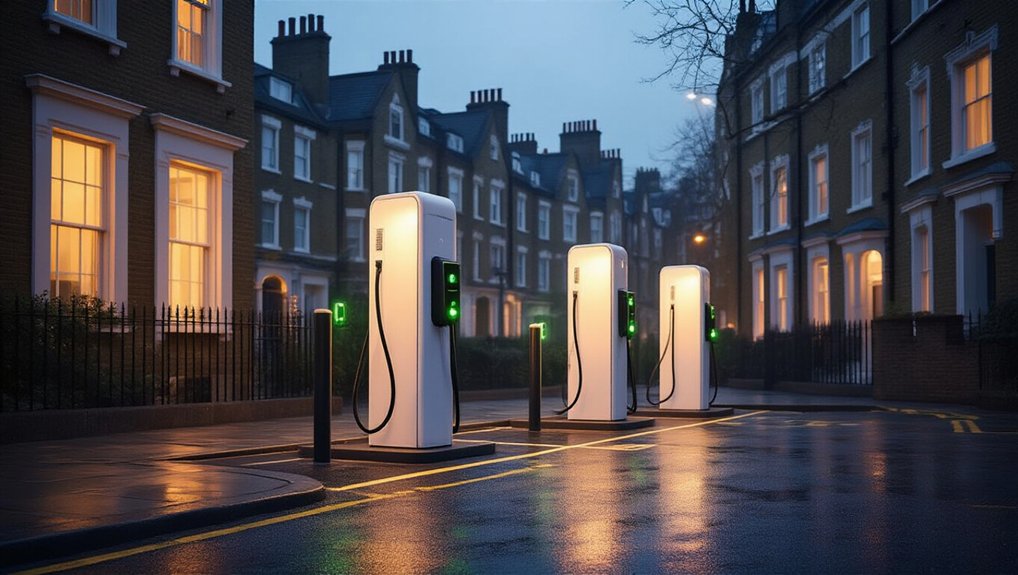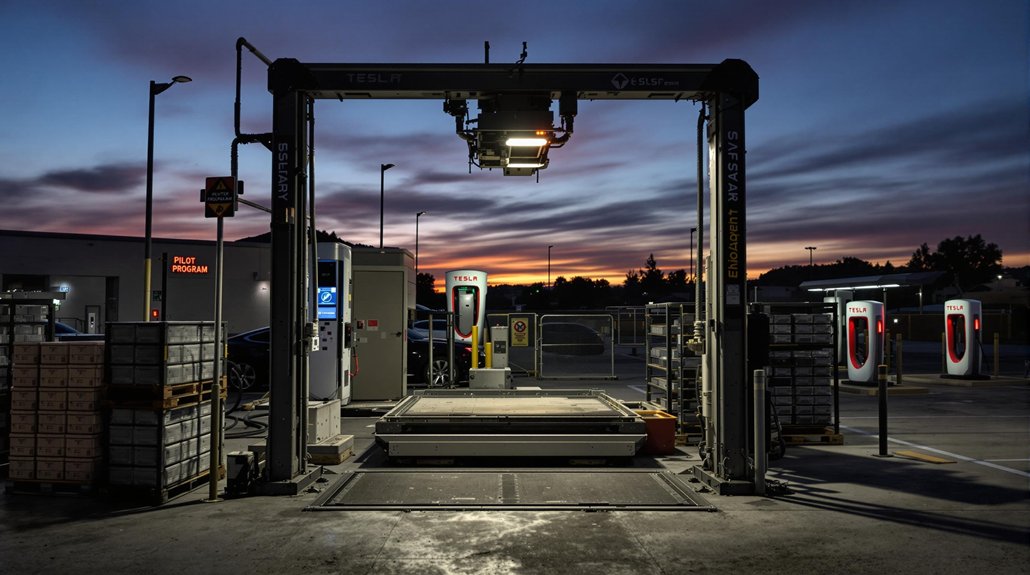While skeptics once doubted Britain’s ability to build charging infrastructure fast enough, the UK has silenced critics with an impressive rollout of electric vehicle chargepoints. As of May 2025, over 80,998 charging points dot the nation’s terrain, spanning 39,773 locations with 108,958 EVSE units. That’s a lot of numbers. But they matter.
Public charging devices jumped to 76,507 by April 2025, up from 73,334 in January. Not too shabby for a small island often mocked for its outdated infrastructure. The pace of deployment is actually outrunning EV registrations—finally, something Britain’s doing ahead of schedule!
Britain finally found something to be early for—building chargepoints faster than Brits are buying electric cars!
For millions of Brits without driveways, EV ownership has seemed like a pipe dream. Good luck convincing someone to buy an electric car when they park three streets away from home. That’s changing. New installations target high-density urban areas where off-street parking is as rare as a sunny day in Manchester.
Local authorities are stepping up as the heroes in this story. They’re mapping out where chargepoints need to go, focusing on those bottom 20% of councils with embarrassingly few devices per capita. About time. This effort mirrors the American approach where bipartisan support for improved public charging infrastructure has reached 76% among Republicans.
Rapid and ultra-rapid chargers are the real game-changers. With 15,446 public rapid devices (50kW+) now operational, even the driveway-deprived can juice up without spending half their day waiting. Studies show that 70% of EV drivers carefully plan charging stops for longer journeys, making these rapid stations essential. Over one million charge points have been installed at homes and workplaces across the UK, complementing the public network. Nobody wants to babysit a charging car for hours. Nobody.
The government keeps publishing statistics, which keeps everyone honest. Interactive maps track progress—or lack thereof—across regions. Transparency works wonders for accountability.
Looking ahead, over 100,000 additional chargepoints are planned to meet growing demand. It’s all part of the grand decarbonization scheme. Higher public charger density correlates directly with increased local EV registrations. Simple cause and effect.
The EV transformation isn’t just coming. It’s already here, plugging in one chargepoint at a time.
References
- https://www.zap-map.com/ev-stats/how-many-charging-points
- https://www.gov.uk/government/collections/electric-vehicle-charging-infrastructure-statistics
- https://www.gov.uk/government/statistics/electric-vehicle-public-charging-infrastructure-statistics-january-2025
- https://www.gridx.ai/resources/european-ev-charging-report-2025
- https://maps.dft.gov.uk/ev-charging-map/index.html









